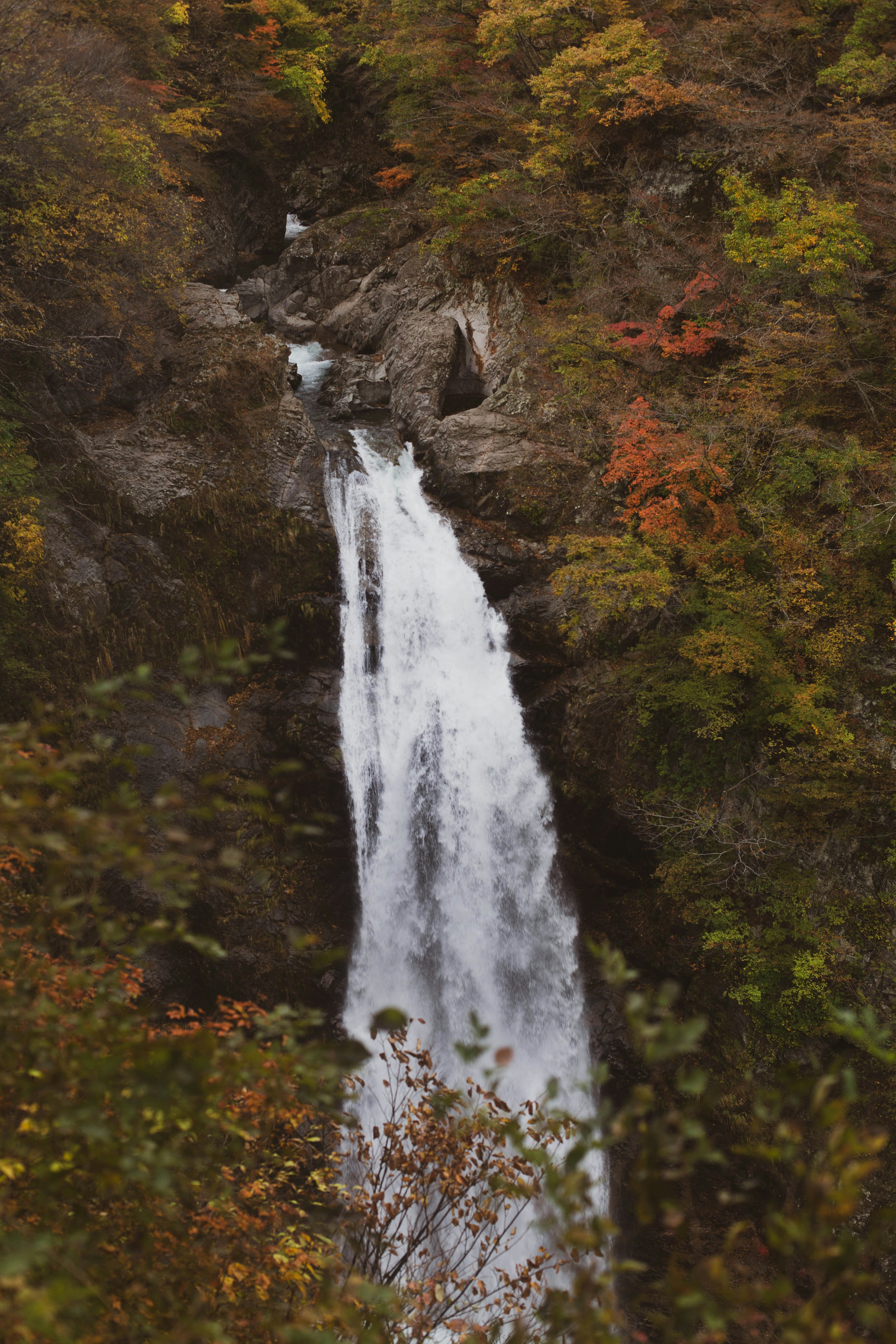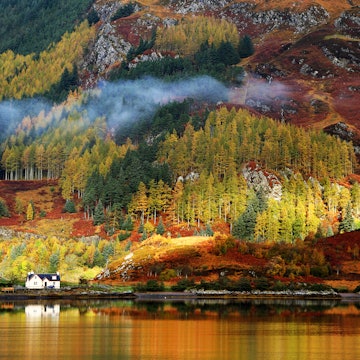
Japan's nature paradise won't be a secret for much longer

Dec 23, 2019 • 5 min read

I've been dreaming of visiting Japan for years and those imaginary trips always started with me gazing upon the gargantuan skyrises that dominate Tokyo, staring open-mouthed at a robotic extravaganza while dining, and exploring the distinctive neighbourhoods that comprise the capital.
Venturing outside the city limits to find a tranquilly beautiful landscape never crossed my mind; though I've long dreamed of visiting Japan, my debut trip made me realise how much I have to learn about this incredible country.

North to Miyagi Prefecture
After one (jet-lagged) day in the big city, I find myself aboard the Shinkansen (bullet train) heading north and suddenly the landscape changes to rolling green hills, beautiful fertile fields and an incredible spread of picturesque volcanic silhouettes; I'm venturing 220 miles north-east of Tokyo to the Miyagi Prefecture to discover why this is such an incredibly popular destination for Japanese travellers.
Miyagi sits on the Pacific coast in the Tohoku region and Sendai is the region’s largest city. Known as one of the worst hit areas of the tsunami in 2011, the region has been steadfast over the last eight years in rebuilding not only the residential areas and urban hubs, but creating beautiful trails and sightseeing opportunities along the Sanriku Coast and the town of Matsushima. If anything, the stunning way in which the region been has been reconstructed – making something beautiful out of a devastating event – speaks volumes about the resilience, tenacity and strength of the people in this area.
For those in search of a relaxing retreat into nature, while also being spoilt for choice when it comes to things to do, Miyagi is an absolutely wonderful place to start! Read on for the highlights of my week in the garden of Japan.

Sendai City
Affectionately known as ‘The City of Trees’, Sendai is the largest urban area in the region, boasting over one million people. The locals frequently refer to the area as sumiyasui, meaning ‘easy to live’ as it’s not too big, not too small, not too humid, and yet not too cold. The centre is pretty compact; some retail therapy followed by a meal only involves a leisurely stroll downtown. I started at the Ichibancho shopping arcade, which spans several blocks and features everything from speciality restaurants serving the local popular delicacy of gyuu-tan (grilled cow tongue) and 100 Yen stores (the Japanese version of Poundland or Dollar Tree), to high-end boutique stores and video-game arcades.

Chasing waterfalls in Akiumachi
Once I'd scratched the shopping itch, I left the mini metropolis to spend the evening in Akiumachi – a town famed for its hot spring onsen baths. I indulged in a quick soak in one of the nearby foot baths before heading to the Rairaikyo Gorge to witness the Momiji illuminated path. The purified foot baths are free to use and provided a welcoming and refreshing treat to this weary traveller after a day of sightseeing. The experience of walking along the illuminated forest path as I listened to the sounds of the river rushing through Rairaikyo Gorge, imparted a serene calm upon me and I almost floated back to my room in a local hotel.
The next day brought more natural delights in the form of the Akiu Otaki waterfall: a local attraction close by the Nikka Whisky Distillery. The tall trees and a beautiful rustic temple provide an environment that is worlds away from the busy streets of the nearby city. A twenty minute hike along steep stairs carved into the mountain leads you to a gorge-spanning bridge surrounded by the most beautiful autumnal foliage I have ever seen. Look all the way down and you'll see the crystal clear water of the Natori River flowing along the bottom of the gorge. I can see why all the locals told me I'd picked the perfect time of year to visit their home.

The volcanic landscape of Naruko
If waterfalls aren’t your thing, how about volcanic lakes? The volcanically active area known as the Katanuma swamp is famous for the Naruko Hot Spring Villages, a cluster of five villages – Naruko, East Naruko, Nakayamadaira, Kawatabi and Onikōbe – with abundant hot springs. Anecdotal tales of the curative properties of the springs make them especially popular with people who suffer from ill health. I had the opportunity to row across the Katanuma swamp, which is one of the most acidic bodies of water in the world due to the natural levels of sulphur. It was definitely one of the most incredible and memorable moments for me on this trip!
While I made my way back to the hotel for a well-deserved onsen break, I found it incredibly difficult to keep my camera in my bag, as everything is so unbelievably beautiful. The autumn foliage surrounding the rolling hills has to be seen to be believed. I reflected on my earlier tour of the Jigokudani Walking Path, otherwise known as Hell Valley due to the burbling hot spring waters and clouds of steam that gush out of the earth. The walking path is a beautiful hidden gem nestled within the Onikobe Onsen district, and is also close by the Japan Kokeshi Museum, where I had the opportunity to paint my own Kokeshi doll – a traditional toy that is native to the region.
Sendai is perfect gateway to the entire Tohoku region. Take a bullet train from Tokyo or arrive via Sendai airport, then let the adventure begin. With something for everyone, this could be the best part of Japan you never knew about!
Stephanie Yeboah travelled to Japan with support from the Tohoku Tourism Promotion Organization. Lonely Planet contributors do not accept freebies in exchange for positive coverage.
You might also like:















